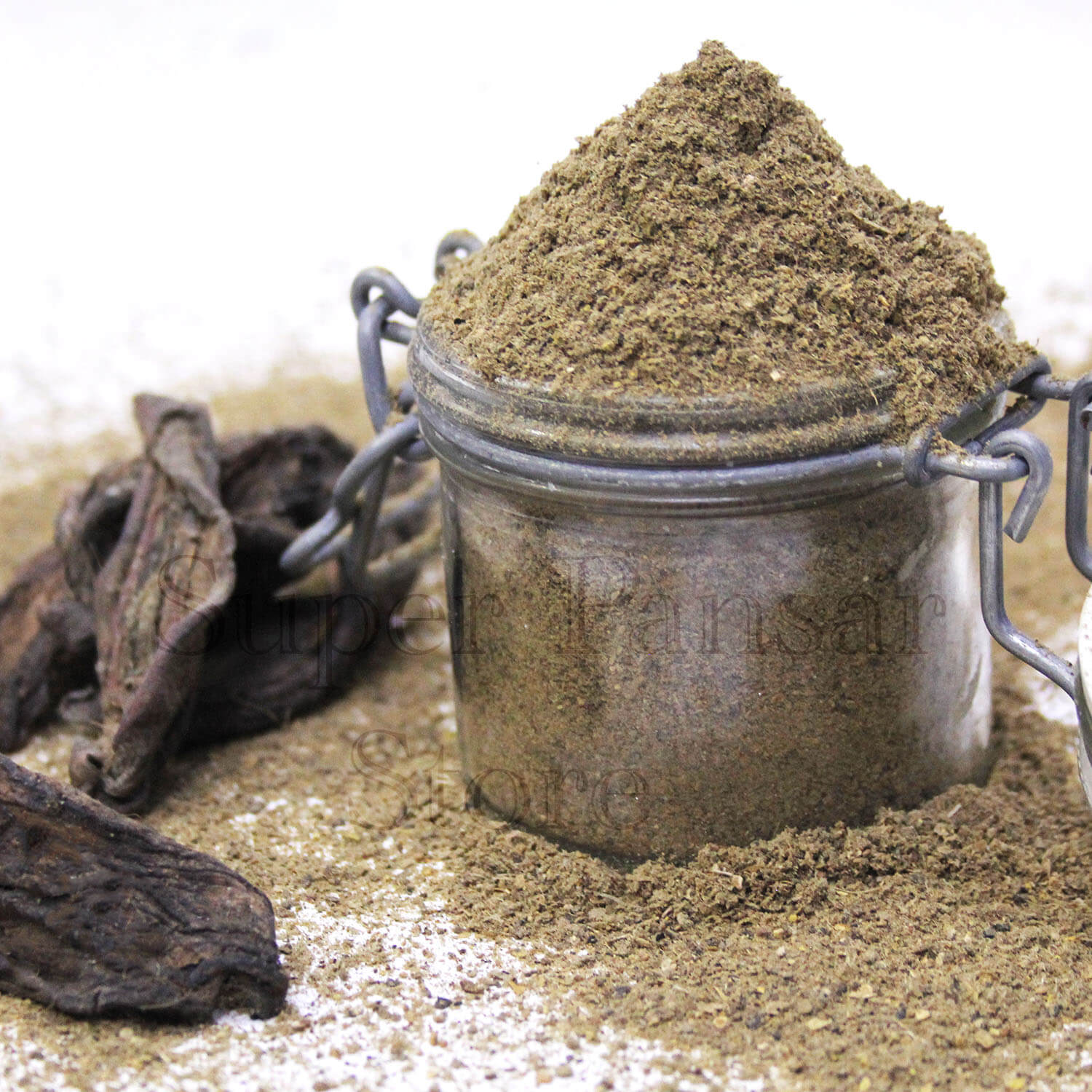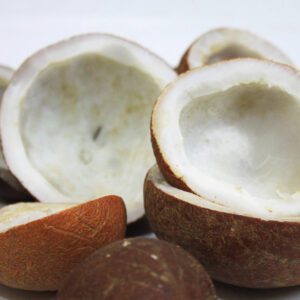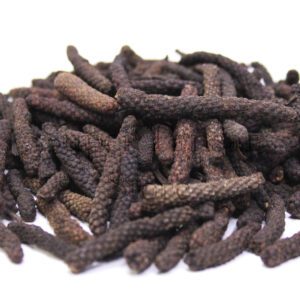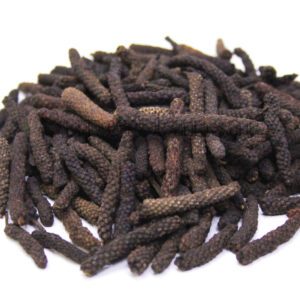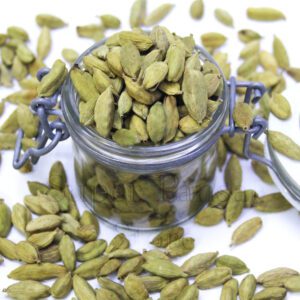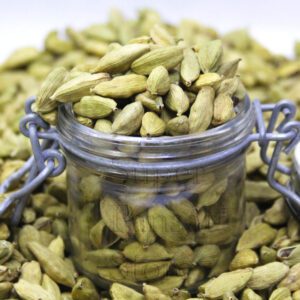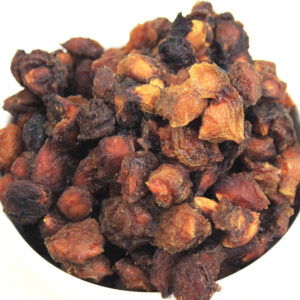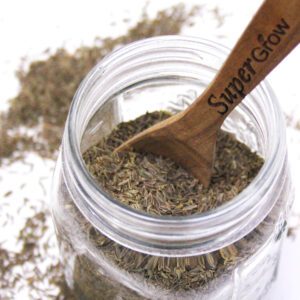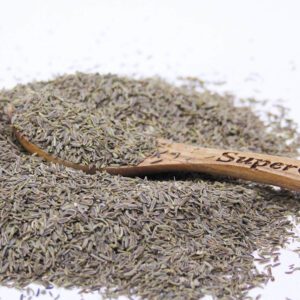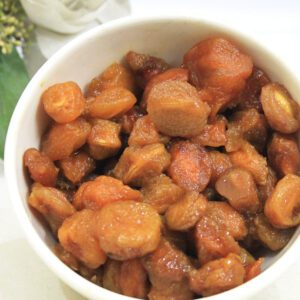Dry Mango Powder (Amchoor) آمچور
₨ 100 – ₨ 700
Super Dry Mango Powder: The Tangy, Citrusy Spice of Brightness and Depth
Dry mango powder, also known as amchur, is a tangy, sour spice made from dried, unripe green mangoes. Popular in Indian and South Asian cuisines, amchur adds a unique citrusy flavor that brings brightness and a subtle tartness to dishes. It is commonly used in spice blends, chutneys, marinades, curries, and even snacks, offering a refreshing sour note that enhances the overall flavor profile. Amchur is particularly beloved in chaats, lentil dishes, and vegetable curries, where it complements rich spices and adds complexity to the taste. Beyond its tangy flavor, dry mango powder is known for its health benefits, including its ability to aid digestion, improve metabolism, and provide a good source of vitamin C and antioxidants. Amchur’s versatility makes it a must-have pantry staple, capable of transforming both savory and sweet dishes with its fruity, zesty punch. Whether in traditional recipes or modern fusion dishes, dry mango powder is a perfect balance of tartness and depth, elevating every bite.
- Premium Quality
- Fresh
- Organic
- Safely processed and packed
Overview
Dry mango powder, also known as “amchur” or “amchoor,” is a spice derived from dried green mangoes. It is a common ingredient in South Asian cuisine, particularly in Indian, Pakistani, and Nepali cooking. The powder is made by sun-drying green mangoes, then pulverizing them into a fine powder.
Benefits
Digestive Aid: In traditional medicine, sour flavors are sometimes associated with digestive benefits. The tangy taste of dry mango powder may stimulate the digestive process and help alleviate digestive issues for some individuals.
Rich in Nutrients: Mangoes, the source of dry mango powder, are rich in vitamins, including vitamin A, vitamin C, and vitamin E. These vitamins play essential roles in maintaining skin health, boosting the immune system, and providing antioxidant benefits.
Mineral Content: Mangoes also contain minerals such as potassium and magnesium. While the drying process may lead to some loss of these nutrients, dry mango powder can still provide trace amounts of minerals that contribute to overall health.
Antioxidant Properties: Mangoes contain antioxidants, such as beta-carotene and polyphenols, which can help neutralize free radicals in the body. Antioxidants are associated with various health benefits, including reduced oxidative stress.
May Aid Weight Management: Mangoes are relatively low in calories and high in fiber, which can contribute to a feeling of fullness. While the drying process may reduce the fiber content, the use of dry mango powder in recipes can still offer some of these benefits.
Source of Iron: Mangoes contain a small amount of iron, and while the drying process may affect the iron content, the powder could still contribute some iron to your diet. Iron is crucial for the formation of hemoglobin and the transport of oxygen in the blood.
Uses
Amchoor is a versatile spice widely used in South Asian cuisine. Here are various culinary uses for dry mango powder:
Flavoring Curries and Gravies:
Adds a tangy and sour flavor to vegetable curries, lentil dishes (dal), and meat gravies.
Chutneys and Sauces:
Used in the preparation of various chutneys, dips, and sauces to enhance the overall taste.
Pickles:
Included in pickling recipes to contribute a sour element to the pickling liquid.
Snack Seasoning:
Sprinkled on snacks like chaats, bhel puri, and roasted nuts to provide a tangy kick.
Marinades:
Used as an ingredient in marinades for meats and vegetables to infuse a tangy flavor before grilling or roasting.
Spice Blends (Masalas):
Incorporated into spice blends like chaat masala, spice rubs, and garam masala to add a sour note.
Breads and Flatbreads:
Added to dough for bread, paratha, or roti to create a unique flavor profile.
Salad Dressings:
Used in salad dressings to provide a citrusy and tangy element to fresh greens.
Beverages:
Sometimes used in drinks and beverages, particularly in traditional sherbets and cooling summer drinks.
Rice Dishes:
Mixed into rice dishes such as biryani or pulao to add a hint of tanginess.
Vegetable and Fruit Salads:
Sprinkled on raw vegetable or fruit salads to add a refreshing and zesty taste.
Yogurt-Based Dishes:
Used in raitas and yogurt-based dips to add a sour flavor and balance the richness of the dairy.
Cocktails and Mocktails:
Occasionally used in cocktail and mocktail recipes for a unique twist, providing a sour and fruity note.
Baking:
Used in some baked goods, particularly in recipes where a touch of sourness is desired.
Flavoring Street Food:
Commonly used in various street food recipes, like pani puri, to enhance the flavor of the filling and the accompanying sauces.

